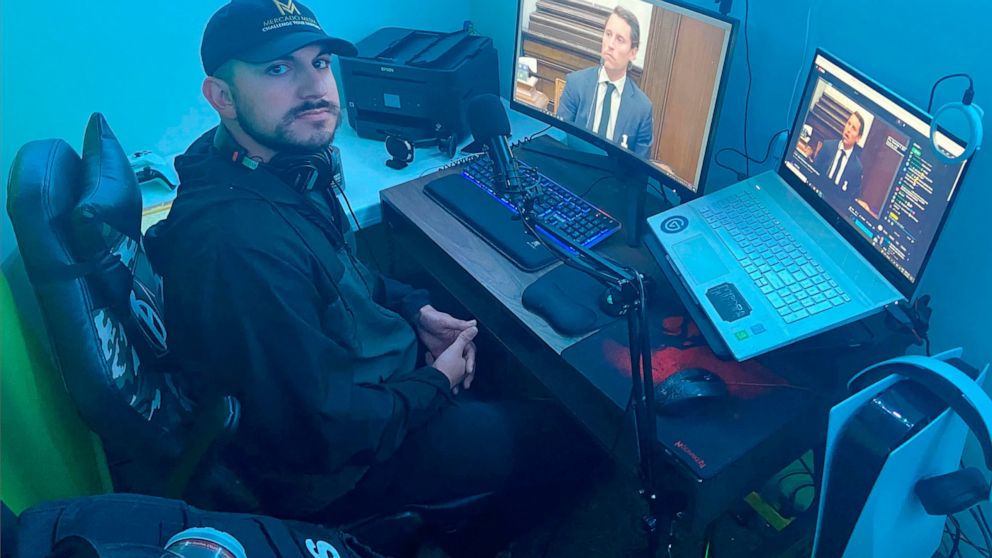
Rittenhouse trial highlights rise of livestreamed video
ABC News
People streaming live video have become ubiquitous at protests, seeking to provide an unedited view into the most violent clashes
When Andrew Mercado found himself in the middle of a protest following George Floyd's death in Minneapolis last year, he was just figuring out how to livestream on Facebook. A few months later, though, thousands watched as he streamed footage from the Wisconsin streets where Kyle Rittenhouse shot three people.
Mercado was just one of a number of people who caught snippets of Rittenhouse on that August 2020 night of turmoil and unrest in Kenosha when the 17-year-old from nearby Antioch, Illinois, shot three men, killing two of them.
Livestreamers such as Mercado have become ubiquitous at protests, seeking to provide an unedited view into movements that often reflect an angry and divided America. They are often near the heart of protests, adorned with “press” identification and protective equipment, holding glowing phones that offer a real-time view into some of the most dramatic and violent clashes.
Some say they are journalists who follow the same principles of objectivity as traditional news outlets. Others are activists seeking to amplify the impact of the protests. But nearly all say they are providing an alternative to mainstream newsrooms that they don't always trust.
